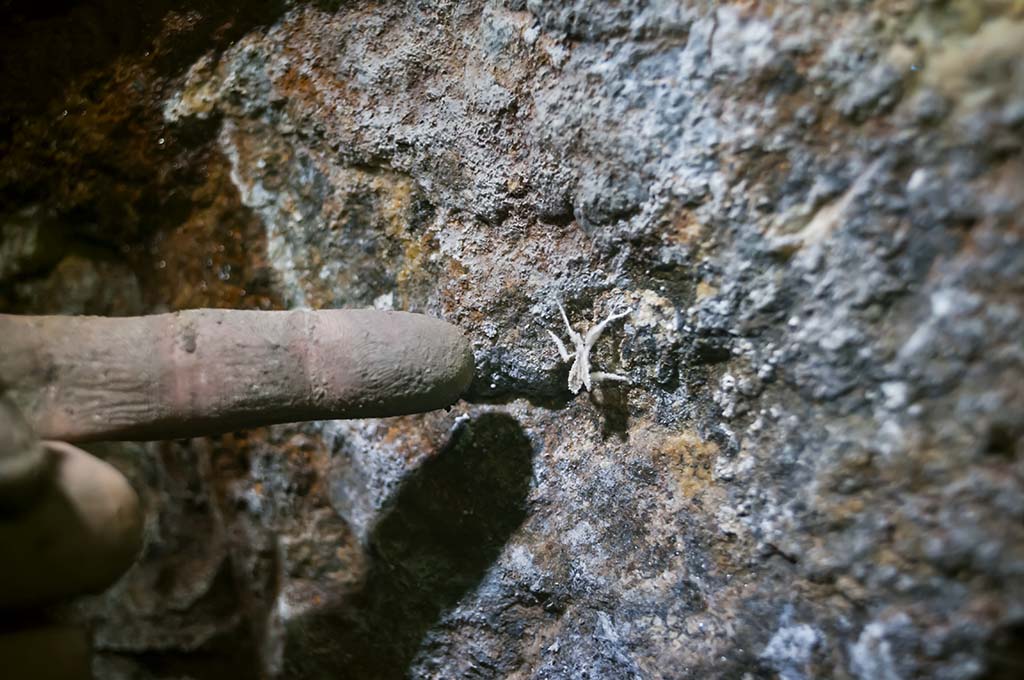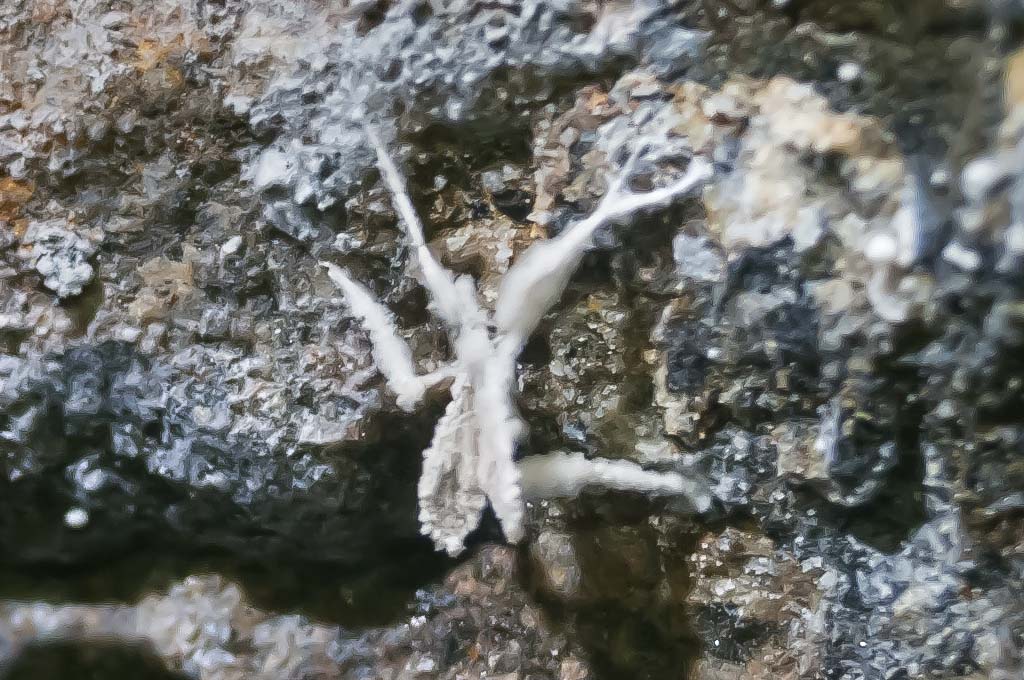george
Member
So I found this in a local cave. It looks like these guys have crawled over some gour pools and expired - leaving their bodies to be calcified.
So can anyone shed some more light on them? Are they Rove Beetles? Do they metamorphose, leaving a shell behind to fossilise? Or do they just sit there and let it happen? And I am quite interested in the timescale as well - it must be a relatively quick process to capture the bodies like that...
I have a few more photos from different angles if anyone shows any interest...

So can anyone shed some more light on them? Are they Rove Beetles? Do they metamorphose, leaving a shell behind to fossilise? Or do they just sit there and let it happen? And I am quite interested in the timescale as well - it must be a relatively quick process to capture the bodies like that...
I have a few more photos from different angles if anyone shows any interest...















